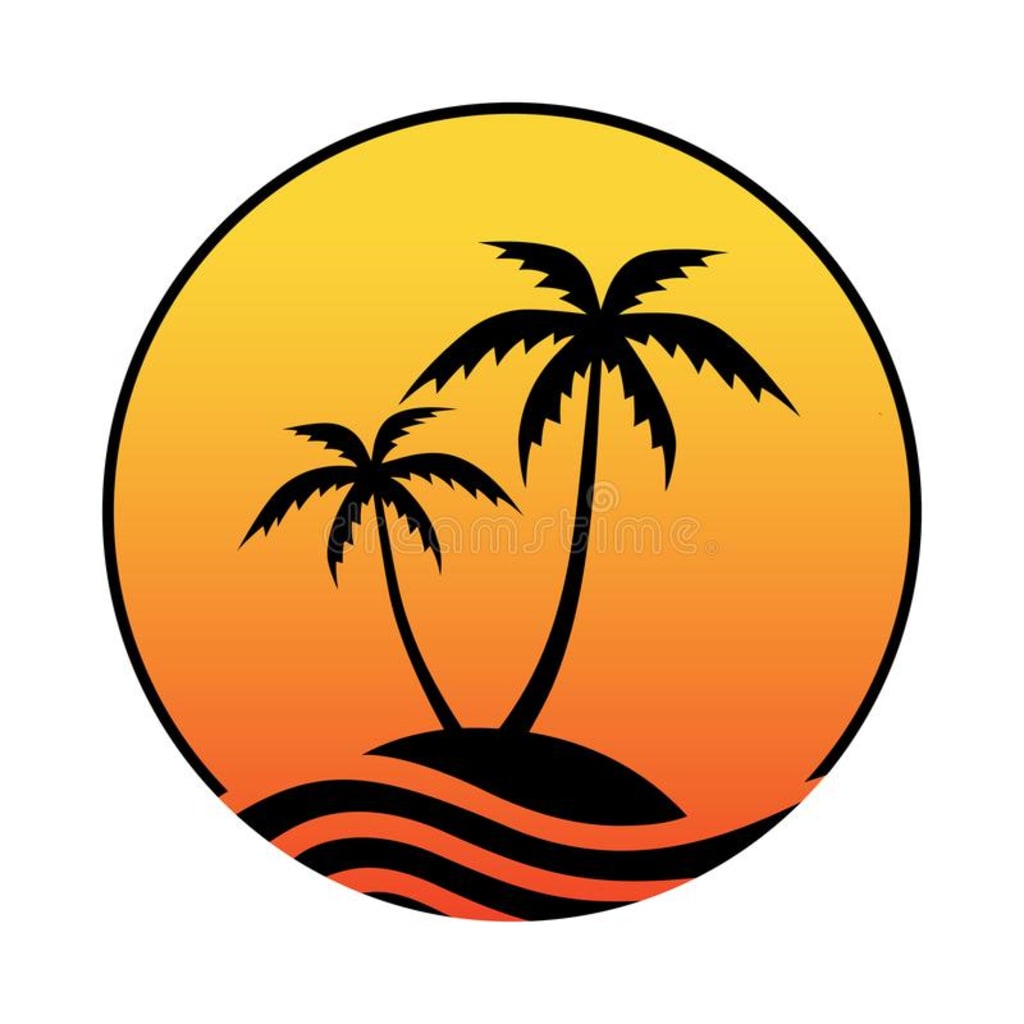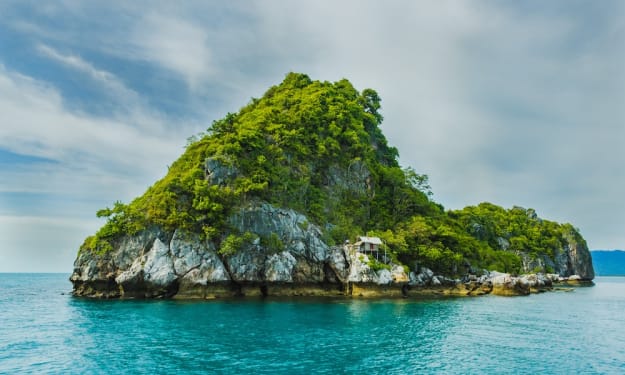The Fascinating Geology and Formation of Islands Around the World
Island Around the World

Islands are some of the most fascinating and unique features on our planet. From the tropical paradises of the Pacific to the rugged and windswept outcrops of the North Atlantic, islands come in all shapes and sizes and are home to a wide variety of plant and animal species. But what exactly causes islands to form, and what makes them so different from the surrounding ocean?
The geology of islands is complex and varied, but there are a few general principles that can help us understand how these unique landforms come to be. One of the most common ways that islands form is through volcanic activity. Volcanic islands are created when magma from deep within the earth rises to the surface and solidifies, forming a cone-shaped mountain that rises above the ocean. Over time, the volcano may become dormant or extinct, and erosion and other natural processes can shape the island into its final form.
Hawaii is one of the most famous examples of a volcanic island chain. The islands of Hawaii were formed by a series of volcanic eruptions that occurred over millions of years. The youngest and most active island in the chain, Hawaii Island (also known as the Big Island), is still growing today, thanks to ongoing volcanic activity on its eastern flank.
Another common way that islands form is through tectonic activity. Tectonic islands are created when two pieces of the earth's crust collide and one is forced upwards, forming an island. This can happen at a subduction zone, where one tectonic plate slides under another, or at a mid-ocean ridge, where new oceanic crust is formed. One of the most famous examples of a tectonic island is Iceland, which sits atop the Mid-Atlantic Ridge and is still growing today.
Islands can also form through erosion and other natural processes. For example, some islands are formed when a piece of land is separated from the mainland by rising sea levels or changes in the course of a river. These islands are often characterized by flat terrain and sandy beaches, and may be home to unique plant and animal species that have adapted to life in this isolated environment.
The geology of islands is not only fascinating from a scientific perspective, but also plays a crucial role in shaping the ecosystems and cultures that exist on these unique landforms. For example, the volcanic soils of Hawaii are rich in nutrients and have allowed a diverse array of plant species to thrive, while the rugged terrain and isolation of the Galapagos Islands have led to the evolution of numerous unique animal species, including the famous Darwin's finches.
But despite their fascinating geology and unique ecosystems, islands are facing a number of challenges in the modern world. Climate change, habitat destruction, and the introduction of invasive species are all threatening the delicate balance of these ecosystems, and urgent conservation efforts are needed to protect them.
One of the most pressing threats facing island ecosystems is rising sea levels. As the planet warms, sea levels are rising at an accelerating rate, putting many low-lying islands at risk of flooding and erosion. This can have a devastating impact on the ecosystems that exist on these islands, leading to the loss of critical habitat for many plant and animal species. For example, the small island nation of Tuvalu in the Pacific is already experiencing regular flooding due to rising sea levels, and many of its residents are facing the prospect of having to relocate in the coming years.
Another major threat to island ecosystems is habitat destruction. As human populations continue to grow, there is an increasing demand for land, which often leads to the clearing of forests and other natural habitats. This destruction can have a devastating impact on island ecosystems, leading to the loss of critical habitat for many plant and animal species. In addition, the introduction of invasive species can also be a major threat, outcompeting native species for resources
About the Creator
Johnson Smith
As an article writer, you have a keen eye for detail and a dedication to accuracy and fairness. You are always willing to do the necessary research and fact-checking to ensure that your work is informative and trustworthy.





Comments
There are no comments for this story
Be the first to respond and start the conversation.